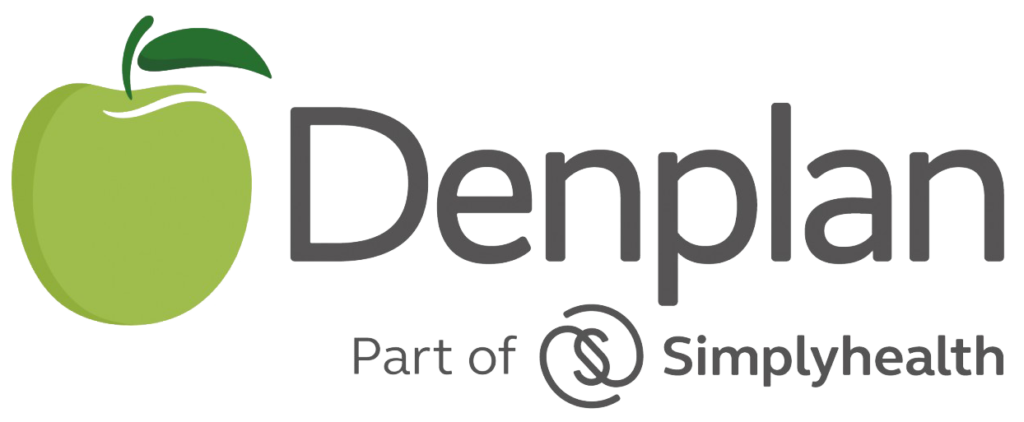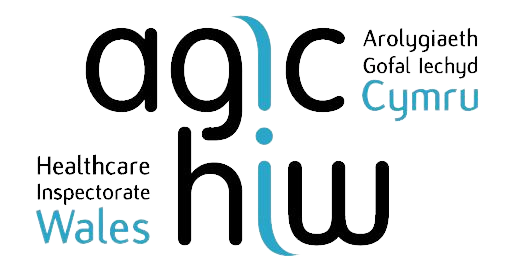For some people, having a ‘sweet tooth’ means that they indulge in foods high in sugar such as biscuits, chocolate and cake. Did you know that some foods which appear to be healthy and we’re encouraged to eat and drink are often packed with sugar? Cranberry juice packs a whopping 7 teaspoons of sugar in a 250ml portion! That’s almost a third of an adult’s recommended daily allowance (RDA) in one glass of fruit juice.
We take a keen interest in our client’s diet in a bid to help them improve their oral and general health. So how do you know how much sugar you’re consuming in a day? Most products that we purchase now have a recommended portion amount printed on the packaging. Furthermore, the packaging breaks down the composition of the item – calories, fat, carbohydrates, salt, sugar etc. By understanding your RDAs for the different food groups, you’ll ensure that your intakes are not excessive and causing your body unnecessary harm.
Glucose is an essential part of your diet, it supplies your brain with the energy it needs. Whilst sugar is important for a healthy balanced diet, most adults and children in the UK eat too much sugar which can lead to tooth decay.
Here are some great tips to help better protect your teeth:
- Eat three balanced meals a day – avoid snacking.
- Check food labels for ‘hidden’ sugars.
- Try to limit intake to mealtimes.
- Reduce your intake of sugary drinks. If drinking fizzy drinks, purchase a diet version.
- Certain types of alcohol are high in sugar, erosive and highly calorific. Try to avoid ‘alchopops’.
- Water is the safest drink.
- Ensure you brush your teeth twice a day – after breakfast and before bed. Don’t eat or drink anything until at least 45 minutes after you’ve brushed.
- Visit your dentist as often as they recommend.






